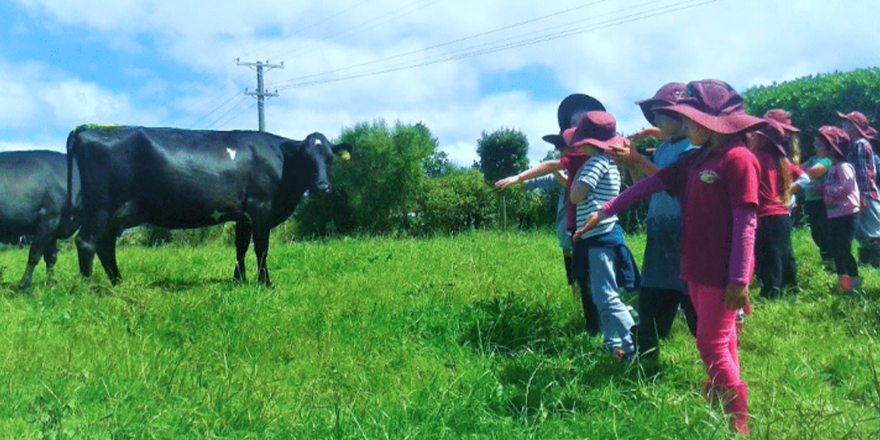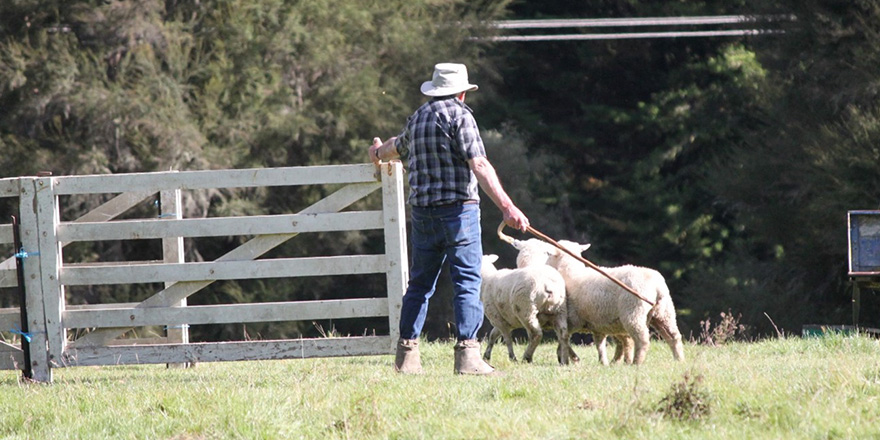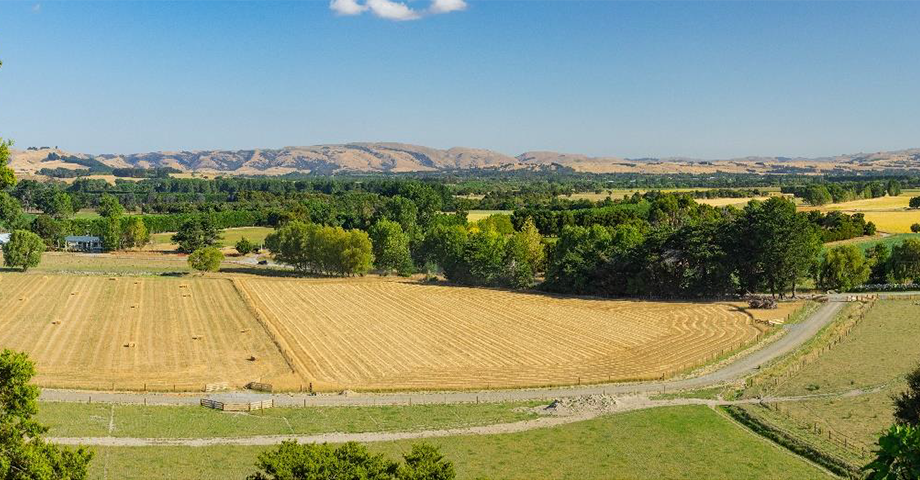
Executive Summary
Our world in 2018, is one where perception is reality and the new industry buzz word is consumer-centric. In a world where primary industries need be obsessed with their consumer it begs the question, what is the customer’s perception of their food and its production? Highlighted to me two years ago when hosting a group of children on farm, I was asked if my cows’ poo in the river. Very confidentially I was able to take them to our pristinely planted, fully fenced wetland area and explain that there was absolutely no way our cows could get into or poo in any water. That six year old’s perception was then dispelled and she got to see the truth, the reality. It got me thinking that if a child from my local city had that perception, what did children understand in relation to their food and its production? Where did that perception come from at this age? How can primary food producers educate children in the truth so they become well informed consumers of tomorrow? To be consumer-centric and future focused, primary sectors need to understand their future consumers, to be able to educate them so they are less likely to be influenced by mistruths and negative hype.
To start a survey was completed by 80 students (aged five and six) to gauge their understanding of food and where it comes from. Questions were also asked on their lunch box items, who cooked their evening meal and what that usually contained. The findings suggested that overall children knew most dairy, fruit and vegetable foods but meat was not overly known. Low levels of understanding in where the foods came from particularly in the meat, protein, root vegetable and fruit food groups. Mothers were generally the most influential in regards to cooking in the home and protein food was the most consumed dinner food. Interestingly vegetable consumption at dinner overall was only 46% which is also what the health statistics for our children are nationwide.
The current health statistics for New Zealand’s five to nine year olds are sad reading with only 74% of children aged five to nine consuming the recommended daily amount of fruit and 45% the recommended intake of vegetables. The other major concern is that 32% of these children are either overweight or obese. Other statistics state that one in four New Zealand children are living without the basics and because of this there are many organisations that provide food into schools, most of these are not government funded but volunteer or corporate funded. In a country where we produce some of the most nutritious food in the world why is this the case? Why are some New Zealand children going to school hungry and not reaching their full academic potential? As a nation we need all children to be educated, healthy functioning members of society.
From challenges come opportunities, the first is for primary sectors to come together and collaborate or cooperate to create a New Zealand food board, were primary sectors can all learn about each other’s primary industries to shape the New Zealand food story. Education of tomorrow’s consumers will be a vital part in providing a future where our consumers are healthy, well educated, and food knowledgeable with that perception being reality.
Download and read the full report here




